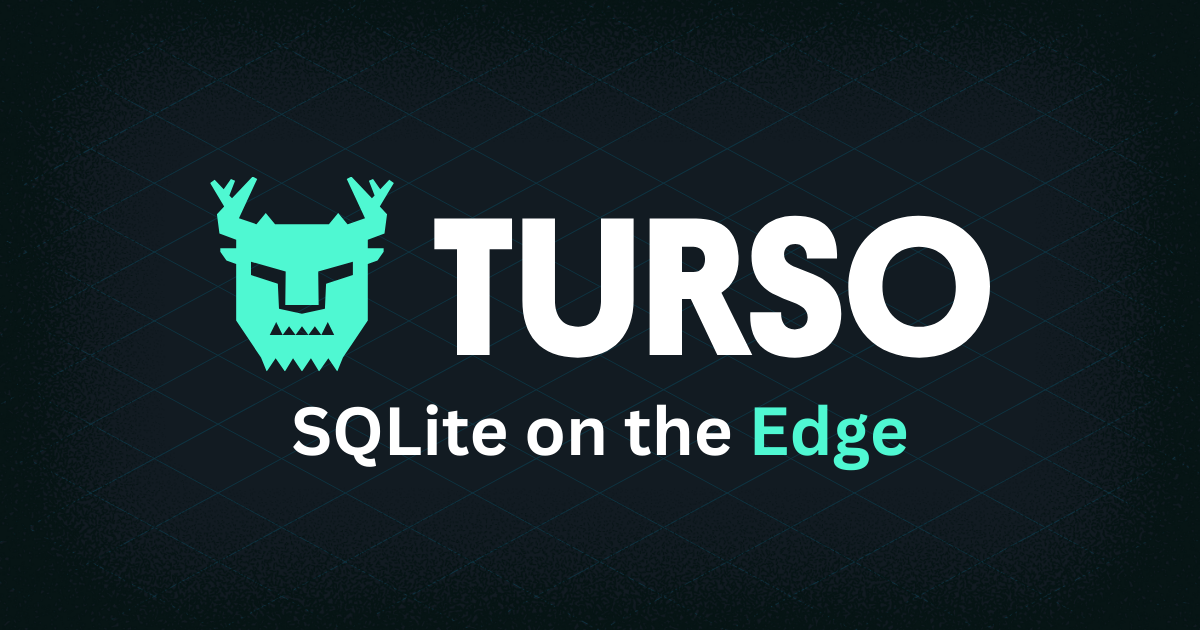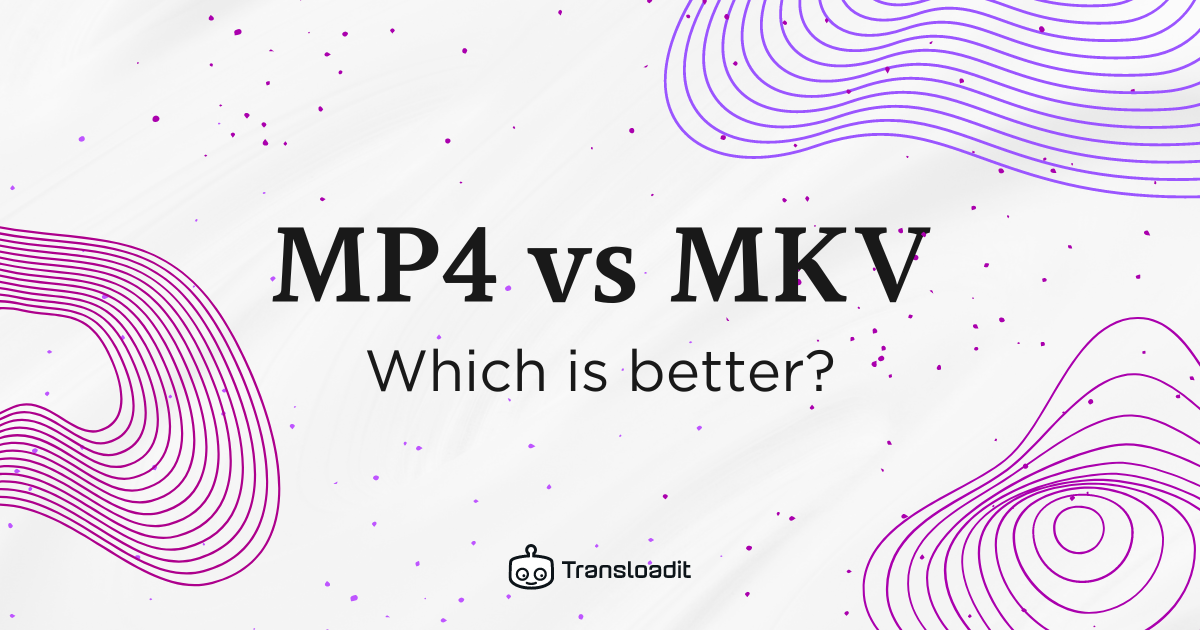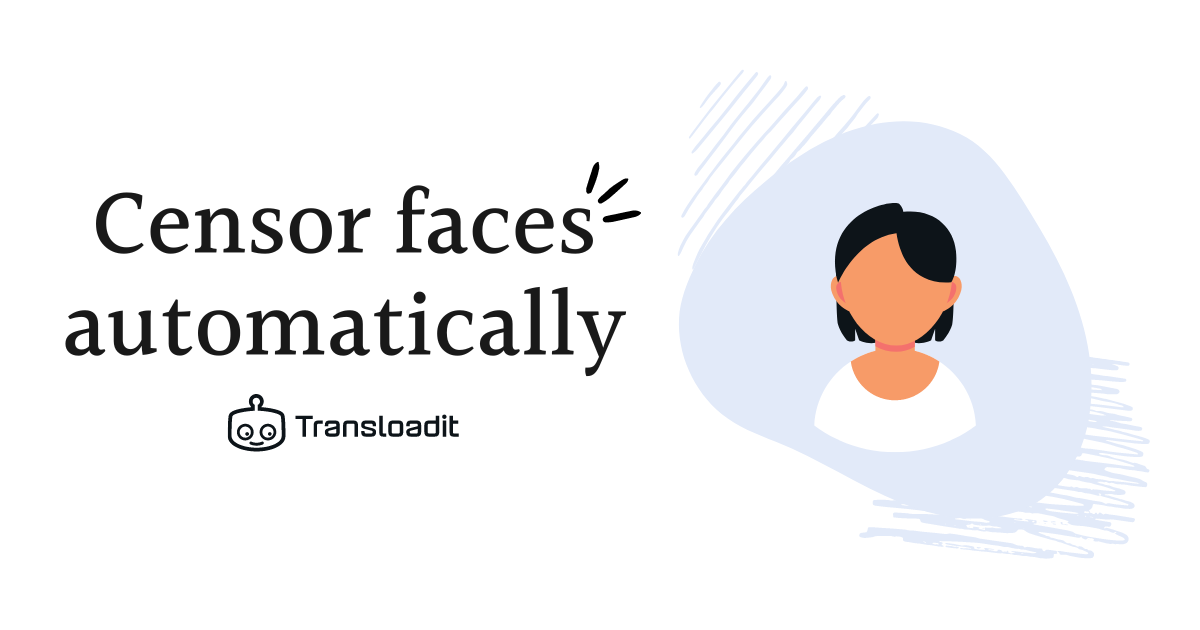The Dev Times #69

Halfway through each month, our newsletter for developers: The Dev Times, brings three reads that our own developers found interesting on the web, and two Transloadit updates that may interest you.
Turso Tech - SQLite on the edge
Turso is an edge-hosted, distributed database that is designed with the goal of minimizing query latency, especially for applications that are required to handle queries from anywhere in the world. It becomes even more powerful when used in tandem with edge functions, hosted by platforms like Cloudflare, Netlify and Vercel. Best of all, Turso is based off a fork of the already beloved SQLite. The developers behind Turso strive to make a product that actually makes developers' lives easier, and they are actively looking for feedback. So consider giving Turso a try – the free Starter Plan can take you pretty far. Dive in ›
Elysia.js - a Bun-optimized web framework
The latest addition to the web framework space is Elysia, a fully type-safe web framework, optimized for Bun. With Express-like syntax, lightning-fast speeds, and end-to-end type safety, there is plenty to like about Elysia. It also couldn't be much easier to dive in and get started: whether you are a novice or an expert, getting your first server up and running takes only five minutes. Learn more ›
Proton Pass – an open-source, encrypted password manager
Proton Pass is a modern password manager, providing end-to-end encryption not only for your passwords, but for your identity as well. Email aliases are generated to prevent your actual email address being flooded with spam. It is built by a team of scientists who met at CERN – and who are also behind Proton Mail, the world's largest encrypted email service – so it is safe to say that security is a top priority. Lastly, and of special note to us at Transloadit, Proton Pass is fully open source, so you can inspect the source code for yourself to verify their claims. Read more ›
MP4 vs. MKV – what should you be using?
The choice between the MP4 and MKV formats has been a burden on video makers ever since the formats were released. In this blog post, we put each of them to the test, to see which you should be using and why. We also attempt to clear up some of the confusion by specifying what the differences between the two formats really are. Check it out ›
Automatically censor faces in images with Transloadit
In an age of heightened privacy concerns and strict data protection regulations, the importance of protecting people's identities in visual content is paramount. In this blog, we talk about the new blur_regions parameter for our /image/resize Robot. It provides a simple yet powerful solution for blurring faces in images, enabling developers to painlessly integrate this functionality into their own products. Take a look ›




